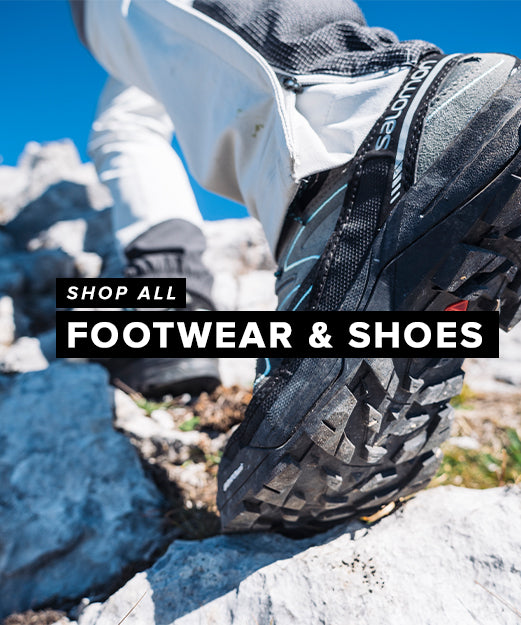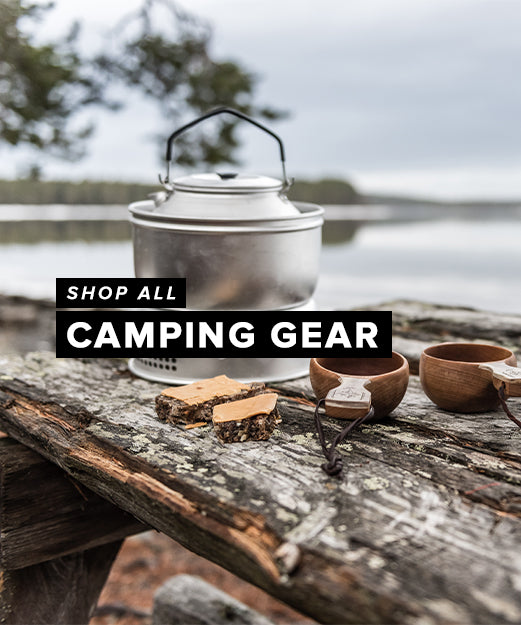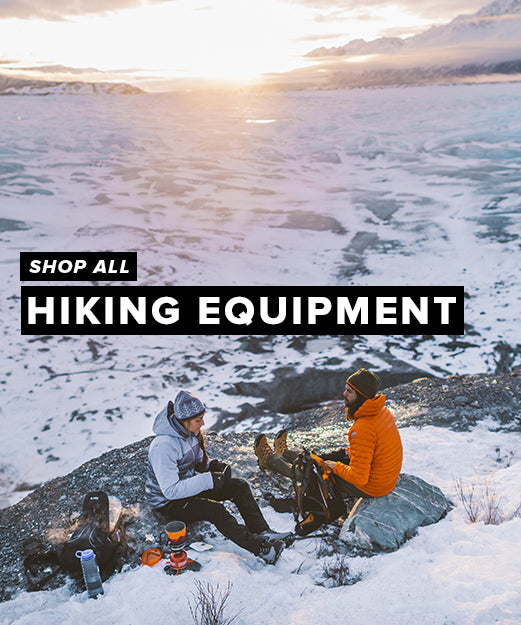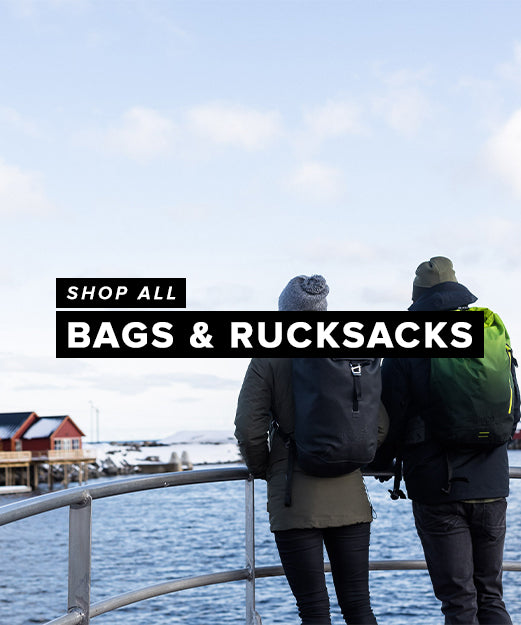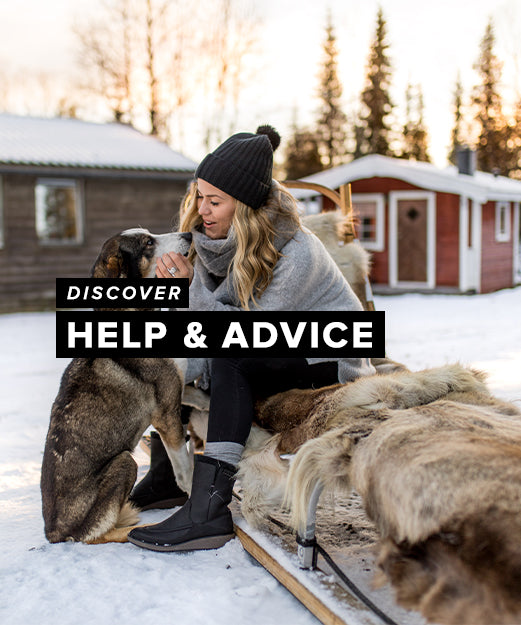Ski jumping for beginners. Ski JUMPING? For BEGINNERS? Surely we have gone mad here at SimplyPiste. But no! Ski jumping really isn’t that difficult to learn and you certainly do not need to be an adrenaline-pumping skiing expert to give this snowsports activity a go.
What equipment do you need for ski jumping?
[caption id="attachment_1154" align="alignleft" width="244" caption="Fancy learning to ski jump?"][/caption]
Essentially the kit you use for downhill skiing – your boots, skis, poles, ski jacket and pants – will do the job. If you don’t already wear a helmet then this is one skiing discipline that definitely needs more head protection than a woolly hat.
But, of course, you can also buy the perfect kit made for ski jumping, too. Ski jumping skis are generally longer and wider and made to exactly suit the sport. Then there are the ski jump body suits that are made to reduce the drag. You’ll have seen these neat fitting outfits on the Olympic skiers!
But, before you get carried away, our advice would be that on your first few ski jumping lessons you make use of your downhill ski kit and your normal ski clothing and see how you like the ski jumping.
Putting ski jumping in perspective
Olympic jumps measure 90 to 120 metres. Beginner ski jumps measure less than 20 metres! But standing at the top of only a 10m or perhaps an 18m jump for your first time can still seem pretty daunting. Eighteen metres is 76ft. Add to this the 31mph launch speed and you might well do a neat ski turn away from the jump.
But before you ski away from your first ski jump
Lessons are the way to go. Check out you local dry ski slope, a snowdome or the options while on a ski holiday. Here’s how most lessons proceed:
* The first skill to learn before you even click into your bindings is the position. It’s a familiar one: Bend at the knees and waist, press the shoulders down, keep the head up, the torso parallel to the ground and extend the arms straight backward. Think “ski jumpers on the TV”. Then think: “This is the position I need to hold when I fly through the air!” Hmmmmm, not just yet!
* Now for the ski “bumps”. A bump is a small jump. This is where you practise getting up speed, reaching the top of the bump, springing up on your knees and leaning forward.
* Now for the speed. This is when new ski jumpers learn to go with the speed straight downhill and without stopping... until the end of the slope… Then you’ll definitely want to stop. There’s no jump, just an acceptance that you’ll be going fast.
[caption id="attachment_1153" align="alignleft" width="285" caption="Make like a ski jumping pro! Eventually..."][/caption]
* Next up will be a small ski jump, of around 10m. This might seem daunting but a ski jump on this will only take the ski a metre or slightly more into the air. You’ll feel some sensation of soaring but then you land.
* And once the 10m jump is mastered it’s the 18m jump. Learning to ski jump is about progression and confidence. Although it may look dangerous with practice and lessons the sport is relatively safe. Apparently!
Oh, go on. You know you want to squeeze into one of those tight fitting ski jumping suits. Don’t you?!
 NEW!! Free UK Delivery
NEW!! Free UK Delivery Hassle-Free Returns
Hassle-Free Returns Clearpay
Clearpay



